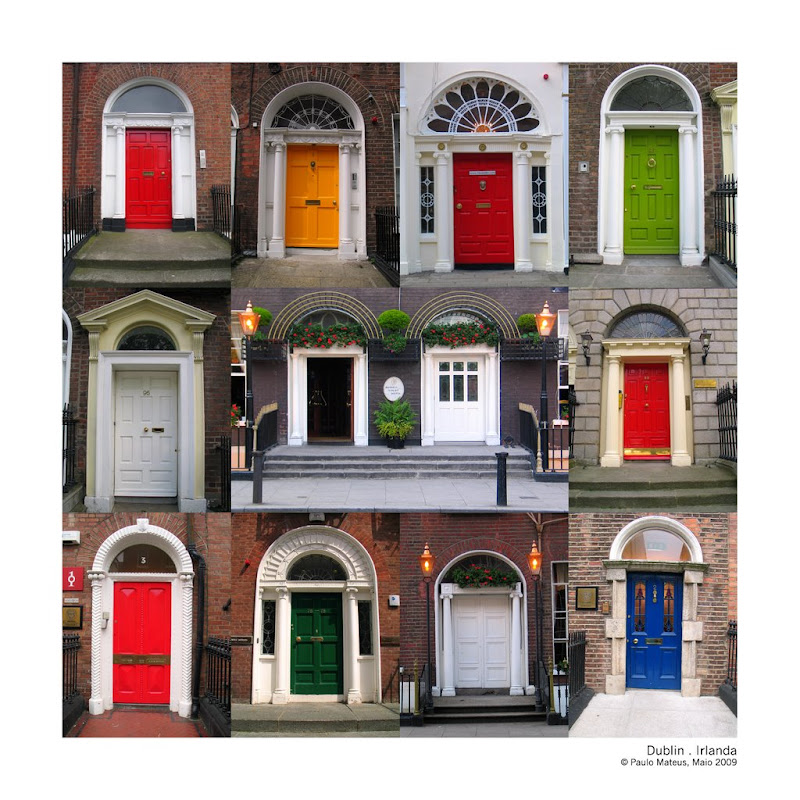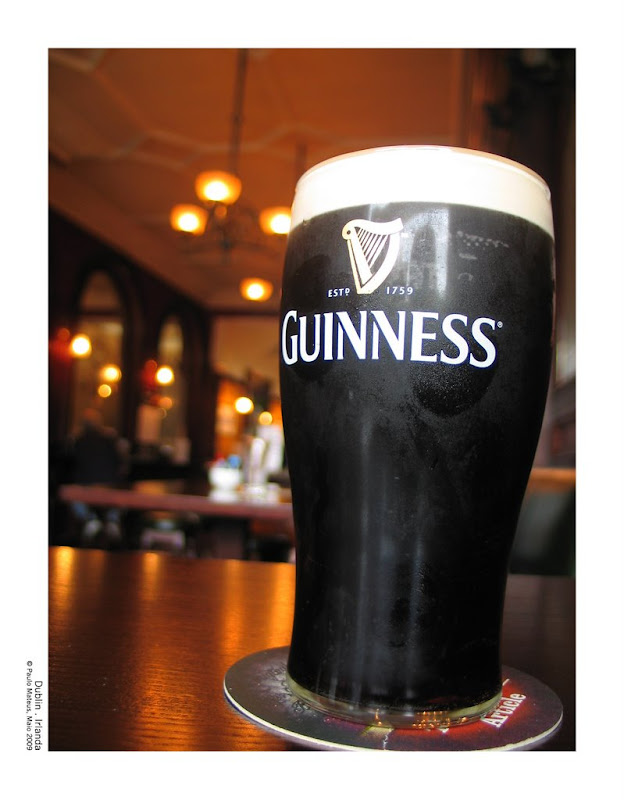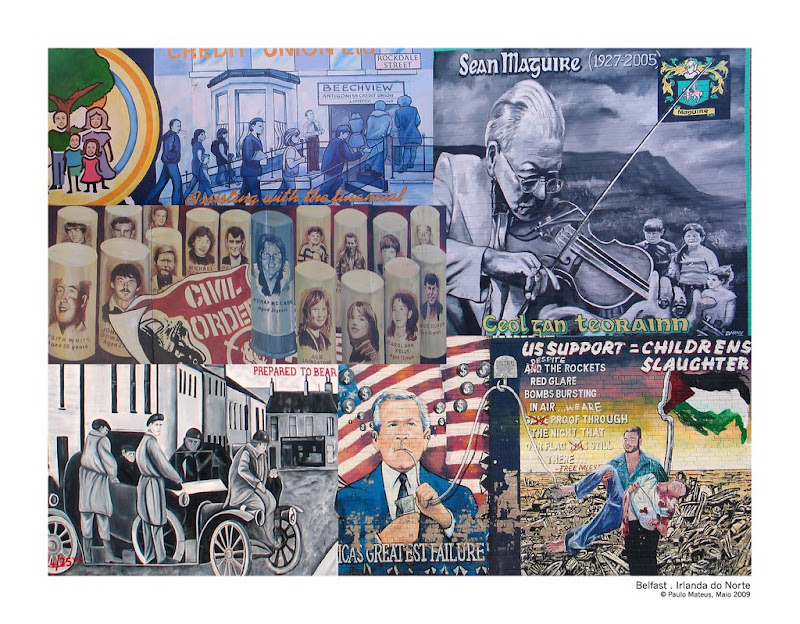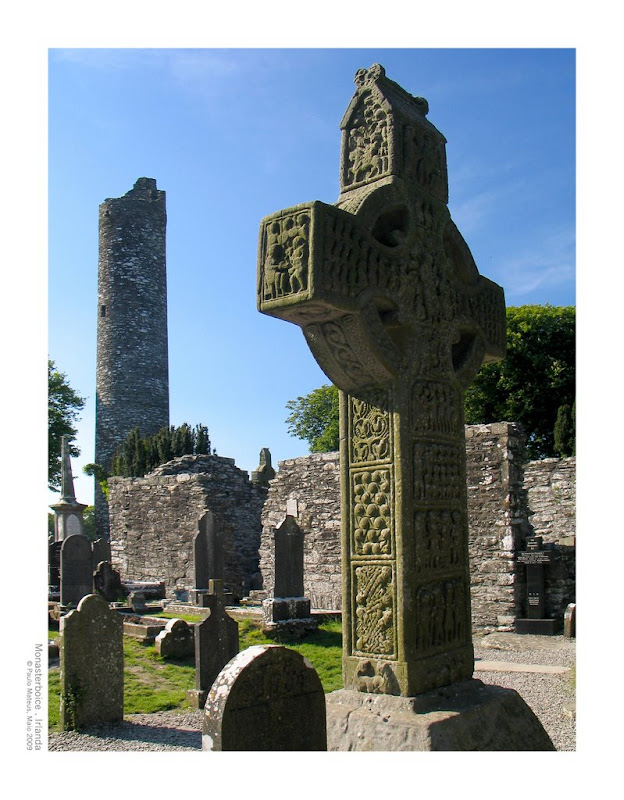Dublin ou Dublim (em inglês Dublin, em irlandês Baile Átha Cliath) é a capital e maior cidade da República da Irlanda. Localiza-se na costa oriental da ilha, na província de Leinster. Desde 1898 possui nível administrativo de condado (county-boroughs). Encontra-se na foz do rio Liffey, na baía de Dublin. Tem 505,739 mil habitantes no centro da cidade e 1,661,185 habitantes no total. Foi fundada pelos vikings que a dominaram até 1170.
História 140 AD – Primeiros registos escritos sobre Dublin foram feitas pelo astrônomo grego Ptolomeu, que a chamou de Eblana Civitas. Isto garante que Dublin é uma cidade com pelo menos dois milênios de história, mas provavelmente ela existia há mais tempo.
Séc.X – Duas colônias co-existem na cidade. Onde moravam viquingues nórdicos, era chamada Dubh Linn (ou Dyflin), e ficava numa área que hoje se chama Wood Quay; existia também Áth Cliath, a região céltica da cidade, mais distante do rio.

Séc XII ao Séc. XVII – Em 1171, após a tomada de Dublin pelos ingleses, muitos dos descendentes dos vikings noruegueses deixaram a parte mais antiga da cidade e foram viver para sul do rio Liffey. A Irlanda ganhou um lorde, e Dublin era a capital do “English Lordship of Ireland” (Sub-Reinado Inglês da Irlanda). A população da cidade era majoritariamente composta por colonos ingleses e do País de Gales. Importantes edificios que remetem à época são: St Auden's Church, St Patrick's Cathedral e Cristchurch Cathedral. A Dublin medieval era pequena, com algo em torno de 5 a 10 mil pessoas e não ocupava mais que 3 km quadrados ao sul do rio Liffey. Em 1348 Dublin, assim como grande parte da Europa, foi acometida pela peste bubônica (peste negra). A praga perdurou em vários surtos até 1649. Durante a guerra dos nove anos, que ocorreu na década de 1590, soldados ingleses, através de decreto, forçaram os cidadãos da cidade a os hospedarem em suas casas, espalhando doenças e aumentando o preço dos víveres, além de disseminarem violações entre as mulheres da cidade. Em 1597, a loja de pólvoras inglesa na Winetaven Street explodiu, matando cerca de 200 cidadãos de Dublin. Na década de 1640, a cidade foi cercada duas vezes (1646 e 1649) durante as Guerras Confederadas Irlandesas. Nenhum dos cercos, porém, foi bem sucedido.
Sécs. XVI e XVII - Revoltas irlandesas. Primeira conquista inglesa sob a Dinastia Tudor. As antigas comunidades inglesas de Dublin e Pale, embora estivessem felizes com a conquista e desarmamento dos nativos irlandeses, ficaram perturbados pela reforma protestante em curso na Inglaterra e que atingia a quase todos os Católicos Apostólicos Romanos do país. Cromwell conquista a Irlanda. Católicos banidos da cidade.

Início séc. XVII – Os ingleses estabelecem controle e impõem o duro código penal à maioria católica da população irlandesa. Em Dublin, os protestantes prosperaram.
1801 – Devido ao acto da União da Irlanda, que anexou o reino da Irlanda ao da Grã-Bretanha, para formar o Reino Unido da Grã-Bretanha, o parlamento Irlandês foi extinto e Dublin perdeu sua influência política. Grande crise financeira; Em poucos anos, muitas mansões, como Leinster House, Powerscourt House e Aldborough House, pertencentes a membros do reino que gastavam muito tempo na capital, foram vendidas. Muito da parte georgiana da cidade se converteu em bairros de lata.
1960 à actualidade – Dublin passou por um gigantesco processo de restauração. Hoje ela é uma cidade que rivaliza em glamour com as maiores capitais europeias. Como capital da Irlanda, representa uns pais que emergiu nos últimos 30 anos. Dublin é uma cidade que respeita o património histórico, mas, ao mesmo tempo, permanece ligada às tendências da modernidade. Tudo isso mantendo um padrão sócio económico de país desenvolvido.
Pontos de interesse
Trinity College – (em irlandês: Coláiste na Tríonóide, Baile Átha Cliath), conhecido corporativamente como The Provost, Fellows and Scholars of the College of the Holy and Undivided Trinity of Queen Elizabeth near Dublin, é uma universidade em Dublin, fundada em 1592 pela Rainha Isabel I do Reino Unido, no local onde se situava um antigo mosteiro agostiniano. É a faculdade constituinte de maior prestígio no país. As maiores atracções são a Old Library, biblioteca com 200.000 volumes decorada com bustos de eruditos e a harpa mais antiga da irlanda e o Book of Kells, manuscrito riquíssimo. Numerosas figuras irlandesas estudaram no Trinity College, entre as quais Samuel Beckett.

Book of Kells - (em irlandês: Leabhar Cheanannais), também conhecido como Grande Evangeliário de São Columba, é um manuscrito ilustrado com motivos ornamentais, feito por monges celtas por volta do ano 800 AD no estilo conhecido por arte insular. Peça principal do cristianismo irlandês e da arte hiberno-saxônica, constitui, apesar de não concluído, um dos mais suntuosos manuscritos iluminados que restaram da Idade Média. Devido à sua grande beleza e excelente acabamento, este manuscrito é considerado por muitos especialistas como um dos mais importantes vestígios da arte religiosa medieval. Escrito em latim, o Livro de Kells contém os quatro Evangelhos do Novo Testamento, além de notas preliminares e explicativas, e numerosas ilustrações e iluminuras coloridas.

Christ Church Cathedral – a mais velha das duas catedrais medievais da cidade, sendo a outra a Catedral St. Patrick. Trata-se oficialmente do local de assento(cathedra) dos arcebispos de Dublin, tanto da Igreja Católica Romana como da Irlanda.

St Patrick Cathedral – também conhecida como The National Collegiate Catedral e Igreja de Saint Patrick, em Dublin ou na língua irlandesa como Ard Eaglais Naomh Pádraig, fundada em 1191, é o maior das duas catedrais de Dublin bem como a maior igreja na Irlanda. Saint Patrick's é liderado por um reitor, um cargo que já existia desde 1219, o mais famoso dos titulares foi Jonathan Swift.

Dublin Castle (Irish: Caisleán Bhaile Átha Cliath) - fica em Dame Street, Dublin, Irlanda, até 1922 era a sede fortificada do poder Britânico na Irlanda, e é agora um grande complexo governamental irlandês. A maioria da construção remonta ao século XVIII, embora já existisse um castelo no local desde a época de King Jonh, o primeiro Senhor da Irlanda. Após a criação do Estado Livre Irlandês em 1922, o complexo foi cerimoniosamente entregue ao recém-formado Governo provisório liderado por Michael Collins

St Stephen's Green (Irish: Faiche Stiabhna) - é um parque público no centro da cidade de Dublin, Irlanda. O parque é retangular, cercado por ruas que, em tempos foram as principais artérias de tráfego do centro da cidade.

Spire of Dublin - é um monumento alto, em forma de agulha, com 120 metros de altura, situado na rua O'Connell Street, em Dublim, na Irlanda. Tem como nome oficial monumento da luz[2] (em língua irlandesa: An Túr Solais). Encontra-se no mesmo local onde outrora existiu um monumento dedicado a Lord Nelson, conhecido como Nelson's Pillar, ou o pilar de Nelson. É a escultura mais alta do mundo.

Temple Bar (Irish: Barra um Teampaill) - é uma área na margem sul do rio Liffey, no centro de Dublin, Irlanda. Ao contrário das áreas em torno dele, Temple Bar tem preservado sua estrutura medieval, com muitas ruas calcetadas estreitas. Promovida como bairro cultural da cidade tem uma animada vida noturna que é muito popular com os turistas. Pubs mais famosos na área incluem o Porterhouse, o Oliver St. John Gogarty, o Turk's Head, o Temple Bar, Czech Inn (na antiga Isolde's Tower), o Bar Quays, o Foggy Dew, Eamonn Doran's e a Purty Kitchen.

Doors of Dublin - conta a lenda que George Moore vivia ao lado de Oliver St John Gogarty em Ely Place perto de Stephens White. Ambos eram escritores famosos e ambos bastante excêntricos. Todas as portas de Ely Place eram então pintadas de branco. Moore pintou a sua porta verde para que Gogarty não viesse bater nela, enquanto bêbado, pensando que fosse a sua própria porta. Gogarty então pintou sua porta de vermelho para que Moore não batesse à sua! Isto lançou a moda.

Guinness (pronunciado / ɡɪnɪs /) - é uma popular cerveja Stout seca que teve origem na fábrica de cerveja de Arthur Guinness (1725-1803) em St. James's Gate, Dublin. Guinness é baseada no estilo Porter que teve origem em Londres no século XVIII e é uma das mais bem sucedidas marcas cerveja em todo o mundo. Uma característica distintiva é o sabor queimado que é proveniente do uso de cevada torrada. É popular entre o povo irlandês, tanto localmente como no estrangeiro, e apesar de uma diminuição do consumo nos últimos anos, é a bebida alcoólica mais vendida de todos os tempos na Irlanda.

Jameson – é uma destilaria de whiskey irlandês. A marca é hoje propriedade do conglomerado francês bebidas Pernod Ricard. Ao contrário de outras a destilaria Jameson por tradição sempre insistiu em produzir todos os componentes do seu whiskey “do grão ao copo”. Jameson combina malte de cevada com cevada pura. O mais famoso componente dentro do processo Jameson é o lendário "Pure Pot Still" componente único na destilição tradicional. A empresa foi criada em 1780, com John Jameson Distillery Bow Street, em Dublin. Com vendas anuais de mais de 31 milhões de garrafas, Jameson é de longe a marca mais vendida de whiskey irlandês no mundo.
 Dublinenses ilustres
Dublinenses ilustres • Samuel Beckett
• Brendan Behan
• George Berkeley
• Gabriel Byrne
• Colin Farrell
• Bob Geldof
• Oliver Goldsmith
• James Joyce
• Larry Mullen
• Sinéad O'Connor
• Maureen O'Hara
• George Bernard Shaw
• Bram Stoker
• Jonathan Swift
• Bono
• Oscar Wilde
• William Butler Yeats
LinksWikipédiaTurismo









































